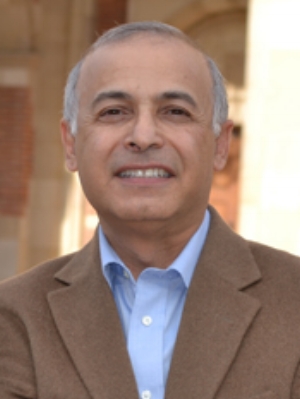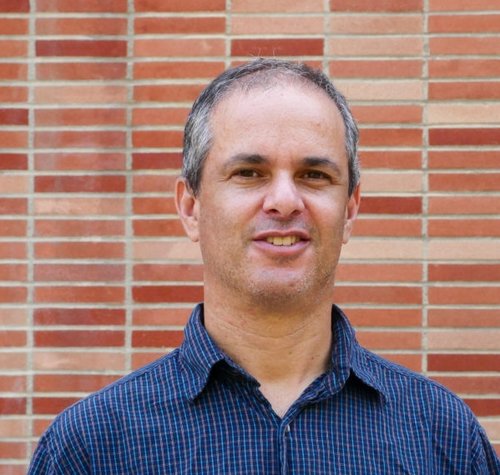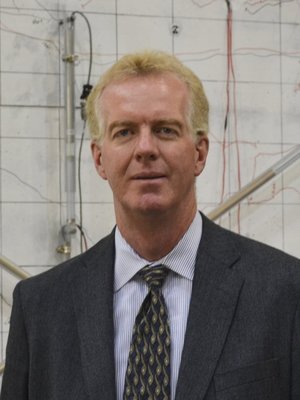Dr. Stewart's primary research interests are in geotechnical earthquake engineering and engineering seismology, with emphases on seismic soil-structure interaction, earthquake ground motion characterization, seismic ground failure, and the seismic performance of earth structures including structural fills and levee embankments. His research has involved: interpretation of earthquake strong motion data to gain insight into soil-structure interaction effects, characterize site effects, and to produce practical models for the prediction of ground motion intensity measures; cyclic field testing of earth structures and full-scale foundation components including shallow foundations, drilled shafts, and bridge abutment walls; advanced dynamic testing of soils in the laboratory; and case history studies of the seismic field performance of infrastructure in California, Taiwan, Turkey, Japan, Greece, Italy, and India. Results from his research group are widely utilized in engineering practice, including a 2012 NIST guidelines document for soil-structure interaction, ground motion prediction equations used for the USGS National Seismic Hazard Maps, ASCE-7 (for new structures), ASCE-41 (existing structures) and additional guidelines documents for landslide risk and tall building design.
























